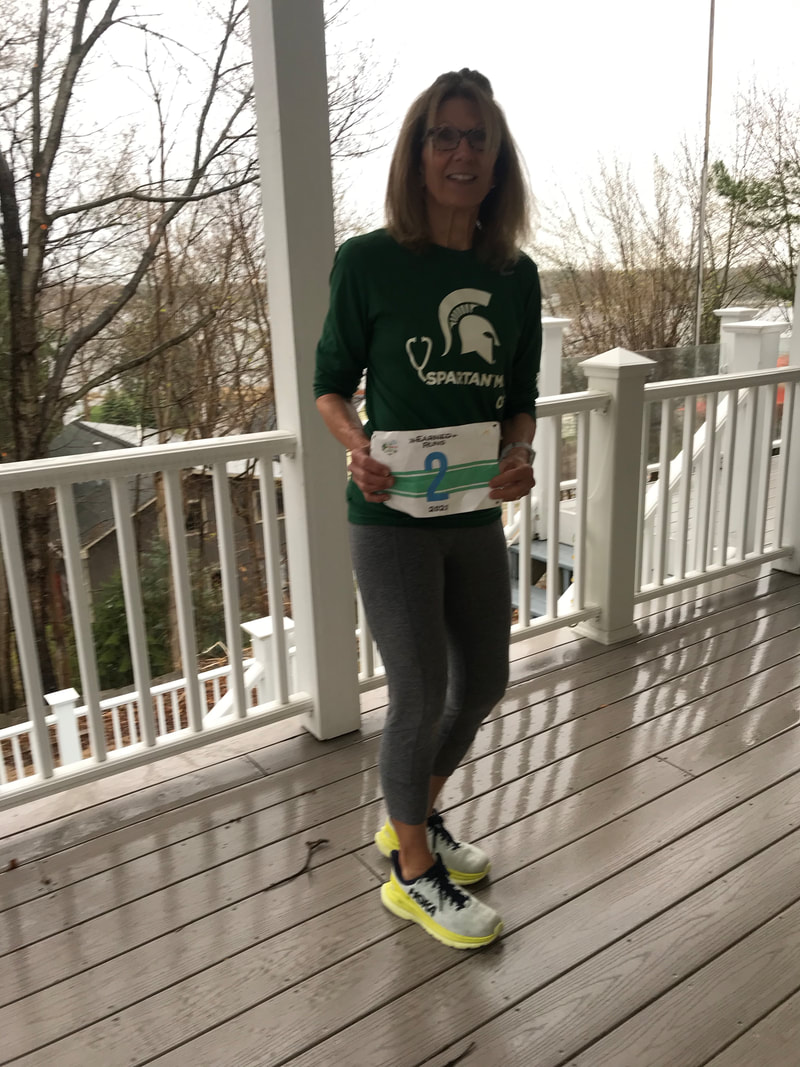BLOG
|
|
TO BURN FAT AND IMPROVE RUNNING PERFORMANCE
Scientists have been trying to help athletes improve overall performance through dietary manipulations of carbohydrate, protein, and fat in combination with different training regimens. One of the problems they have faced is that certain types of diets, mostly those low in carbohydrate (CHO), can decrease the ability to perform high intensity (HIT) exercises during training. This is because the preferred fuel for muscle cell contraction is glycogen, which is formed through the breakdown of ingested dietary CHO. The decrease in training ability experienced by research subjects following an experimentally LOW CHO protocol has made it difficult to fairly compare their performance with subjects following a CONTROL protocol, who seem able to exercise “normally” in HIT sessions. Thus in research studies, the biological changes seen with LOW CHO training have lead scientists to think it would improve performance, but they have not been able to demonstrate this in real sport situations. Researchers who recently published a study in the journal Medicine and Science in Sports and Exercise feel they have overcome this difficulty. They demonstrated that a change in the timing of CHO availability during the training day in experimental subjects has improved cycling and running performance and slightly lowered body mass due to a slight decrease in fat composition, when compared with control subjects. Matt Fitzgerald does a wonderful job discussing the results of this research in a Competitor.com article, “Runners: An Easier Way to Be a Better Fat Burner”. I wanted to know the specifics of the study and below provide some of the details and my perspective on that research, “Enhanced Endurance Performance By Periodization of Carbohydrate Intake: “Sleep Low” Strategy by Laurie-Anne Marquet, Jeanick Brisswalter, Julien Louis, and colleagues. The study was conducted using 21 trained (>2 years; >10hr /week) endurance athletes (triathlete males; race/ethnicity not provided) over a 6-week period: 3 weeks of familiarization maintaining usual diet and exercise load + 3 weeks of the training experiment. The experimental group consumed a high CHO load lunch/snack/drink before a HIT session scheduled after 5pm (train “high”), then ate a zero CHO dinner with no CHO overnight (sleep “low), and finally performed a prolonged low-intensity training (LIT) session the following morning before 10 am, without ingesting any CHO (”train-low”). The control group consumed the SAME TOTAL AMOUNT OF CHO as the experimental group but WITHOUT RESTRICTION; CHO was available BEFORE and DURING the HIT and LIT. For each of 3 weeks ALL subjects followed the training schedule on 4 consecutive days. For each of the remaining 3 days ALL subjects performed one LIT session and ate a “usual diet”. ALL subjects consumed a high-protein sugar-free drink before going to bed. The authors indicate that, ingesting proteins after exercising “increases skeletal muscle protein synthesis and has been described to support muscle repair and remodeling“. Although the control group also had the evening protein-drink, the drink may have had an added effect in the experimental group during the overnight recovery period induced by the changed timing of CHO intake during training. For those interested: the HIT sessions consisted of 8 x 5minute cycling at 85% maximum aerobic power (MAP) determined for each individual, or 6 x 5minute running at their usual 10K triathalon pace, with 1 minute recovery between sets. The LIT consisted of 60 minutes of cycling at 65% MAP. MY TAKE* on what this study means for RUNNERS GENERALLY: 1) The results may not be the same in females; racial differences may change the results 2) HIT sessions are most likely to be productive if PRECEDED by high CHO intake several hours earlier 3) For LIT morning training runs of 60 or less minutes, it may not be necessary to eat breakfast beforehand, even if there weren’t many CHO in the preceding dinner 4) During a HIT session it may not be necessary to consume drinks/foods with CHO 5) A high-protein/zero-CHO snack before bed may be good idea with this regimen 6) Cycling is a low-impact training HIT exercise that may “save” your legs and help your performance 7) Without changing total calorie intake, this CHO/training timing regimen may help the body to preferentially burn fat; how many days and how strictly one adheres to the research protocol is not certain to obtain this result MY CONCLUSION: It may be worth a trial of altering your carbohydrate intake by time of day and training session to improve running performance or burn more fat. RUN HAPPY! *We cannot exactly re-create these research study conditions. It's possible that we cannot get the same results. But by understanding the principles on which the research was based we can make changes in our everyday lives that MIGHT have the desired effects. None of the trained endurance athletes' health in the study was endangered while exercising at high levels; there are no cautions by the authors in this regard. Personally, for several decades I have run short-moderate distances in the mornings without a morning meal. You must consider your own health history and experiences to safely make dietary changes. The usual warning always applies: if you have a medical condition or are new to running, consult a physician beforehand. http://running.competitor.com/2016/03/nutrition/an-easier-way-to-become-a-better-fat-burner_146746 http://www.ncbi.nlm.nih.gov/pubmed/26741119
0 Comments
Your comment will be posted after it is approved.
Leave a Reply. |
BRIDGE TO PHYSICAL SELF
Running, walking, and fitness activities enable us to experience our physical selves in a world mostly accessed through use of fingers on a mobile device. AuthorEARNED RUNS is edited and authored by me, runner and founder. In 1978 I began participating in 10K road races before 5Ks were common. I've been a dietitian, practiced and taught clinical pathology, and been involved with research that utilized pathology. I am fascinated with understanding the origins of disease as well as health and longevity. Archives
November 2023
CategoriesNew! Search Box
Earned Runs is now searchable! Check it out...
|

 RSS Feed
RSS Feed